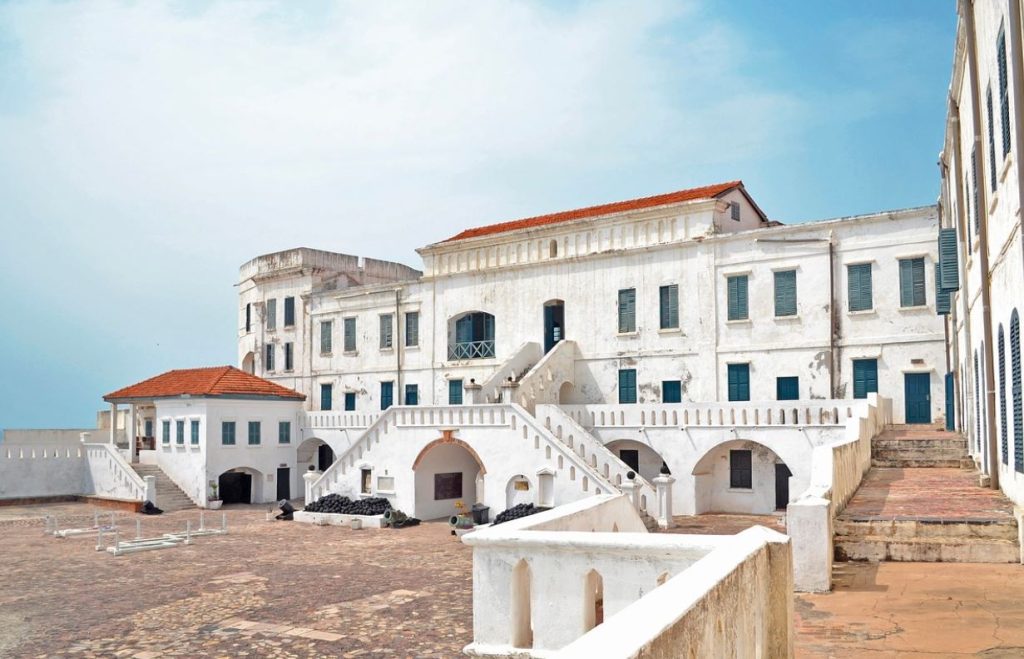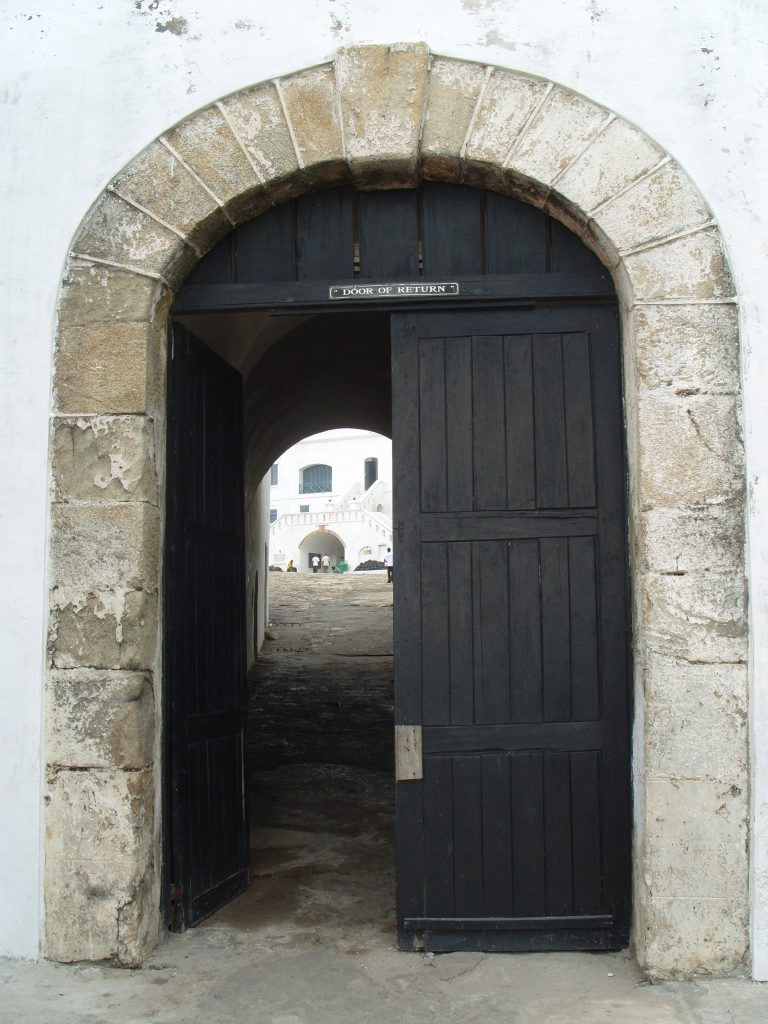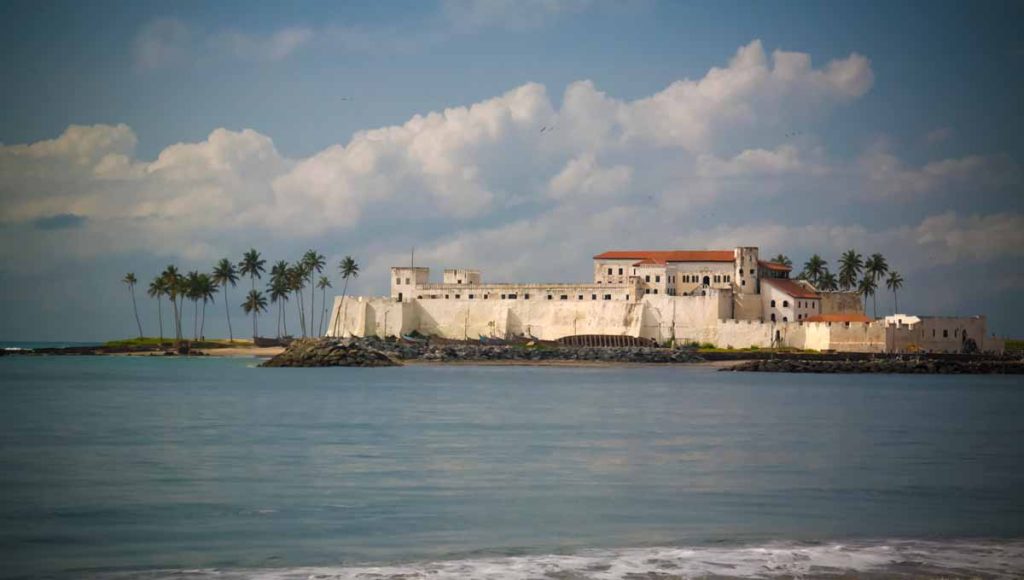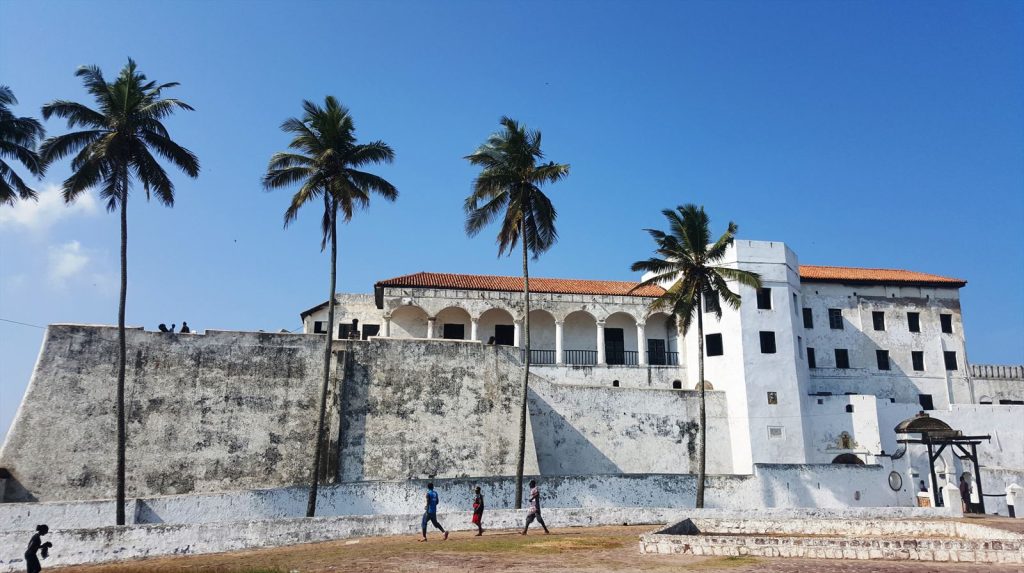Black Star Square, Elmina Castle and Cape Coast Castle – Historical Landmarks in Accra Ghana
Independence Square, also known as Black Star Square, is a significant landmark in Accra, the capital city of Ghana. Here are key points about Independence Square:
- Location:
- Independence Square is located in central Accra, near the coast of the Gulf of Guinea. It is part of the larger Independence Arch and Independence Avenue complex.
- Construction:
- The square was commissioned in the early 1960s as part of the infrastructure development for Ghana’s independence celebrations. It was designed to accommodate large gatherings and events.
- Architectural Features:
- The square is characterized by the Independence Arch, a prominent arch that serves as a symbolic entrance to the square. The arch is adorned with intricate designs and the national coat of arms.
- Significance:
- Independence Square holds immense historical and cultural significance for Ghanaians. It was the venue for the declaration of Ghana’s independence from British colonial rule on March 6, 1957. The first President of Ghana, Kwame Nkrumah, proclaimed independence at this site.
- Black Star Monument:
- At the center of Independence Square stands the Black Star Monument, a large, black star mounted on a green, yellow, and red pedestal. The black star is a symbol of African freedom and emancipation.
- National Events:
- Independence Square is a venue for various national events, including Independence Day celebrations, military parades, and other significant gatherings. The square has hosted important ceremonies and state functions over the years.

- Capacity:
- The square has a vast open area that can accommodate a large number of people. It is designed to host gatherings, rallies, and cultural events.
- Changing of the Guard:
- The square is also known for the Changing of the Guard ceremony, a military ritual that takes place at the memorial cenotaph within the square. The ceremony occurs periodically and attracts spectators.
- Surrounding Landmarks:
- Independence Square is surrounded by several notable landmarks, including government ministries, the Kwame Nkrumah Mausoleum, and the Accra Sports Stadium.
- Tourist Attraction:
- Independence Square is a popular tourist attraction, drawing visitors interested in Ghana’s history, culture, and architecture. Guided tours are available for those who wish to learn more about the square’s significance.
When planning a visit to Independence Square, it’s advisable to check for any events or ceremonies scheduled for the day. The square remains a symbol of national pride and a testament to Ghana’s journey to independence.
Cape Coast Castle
Cape Coast Castle is a historic fortress located in Cape Coast, Ghana. It is one of the several castles and forts built along the Gold Coast (now Ghana) by European colonial powers during the trans-Atlantic slave trade. Cape Coast Castle played a significant role in the history of the slave trade and is now a UNESCO World Heritage Site.
Here are some key facts about Cape Coast Castle:

History and Significance:
- Construction:
- Cape Coast Castle was originally built by the Swedes in the 17th century (1653) for trade in timber and gold. It later passed into the hands of the Dutch and the British.
- Slave Trade:
- The castle became a major center for the trans-Atlantic slave trade. It served as a holding facility for enslaved Africans before they were shipped to the Americas.
- British Control:
- The British took control of Cape Coast Castle in 1664 and made significant modifications to the structure. It became the administrative headquarters of the British colonial government in the Gold Coast.
- Role in the Slave Trade:
- The castle was a key link in the triangular trade, where European goods were exchanged for African slaves, who were then transported to the Americas. The inhumane conditions of the dungeons at Cape Coast Castle are a haunting reminder of this dark chapter in history.

Architecture and Layout:
- Layout:
- The castle is designed with a large courtyard, dungeons, and residential quarters for European officers.
- Dungeons:
- The dungeons were where enslaved Africans were held before being shipped across the Atlantic. The conditions in these dungeons were deplorable, with overcrowding, poor ventilation, and minimal sanitation.
- Door of No Return:
- One of the infamous features of Cape Coast Castle is the “Door of No Return.” It is a small opening through which enslaved individuals were forced onto waiting ships, marking their final departure from Africa.

Present Day:
- Museum and UNESCO World Heritage Site:
- Cape Coast Castle is now a museum and has been designated as a UNESCO World Heritage Site. It attracts visitors from around the world who come to learn about its history and the impact of the trans-Atlantic slave trade.
- Symbol of Remembrance:
- The castle serves as a powerful symbol of remembrance, encouraging reflection on the historical injustices of the slave trade.

Cape Coast Castle stands as a poignant reminder of the inhumanity and suffering inflicted upon Africans during the trans-Atlantic slave trade. It plays a crucial role in educating people about this dark period in history and promoting awareness of human rights issues.
Elmina Castle
Elmina Castle, also known as St. George’s Castle, is a historic fortress located in Elmina, on the Atlantic coast of Ghana. It is one of the oldest European-built structures in sub-Saharan Africa and has a complex history tied to the trans-Atlantic slave trade. Here are key points about Elmina Castle:
- Construction and Ownership:
- Elmina Castle was built by the Portuguese in 1482 as a trading post and fortress. It was originally known as São Jorge da Mina (St. George of the Mine).
- Purpose:
- The primary purpose of Elmina Castle was to serve as a base for trade, including gold and other valuable resources. Over time, it became a key hub for the trans-Atlantic slave trade.
- Dutch Occupation:
- The Dutch captured Elmina Castle from the Portuguese in 1637 during the Dutch-Portuguese War. The Dutch expanded and modified the fortress for their own use.
- Trans-Atlantic Slave Trade:
- Elmina Castle became a major center for the trans-Atlantic slave trade. Enslaved Africans were held in dungeons within the castle before being transported on ships to the Americas.

- Architecture:
- The castle is characterized by its distinct architecture, including thick walls, watchtowers, and cannons. It overlooks the Atlantic Ocean.
- Dungeons and “Door of No Return”:
- Elmina Castle has dungeons where enslaved Africans were kept in horrifying conditions before being loaded onto slave ships. The “Door of No Return” is a symbolic doorway through which enslaved individuals passed onto waiting ships, marking their departure from Africa.
- Museum:
- Today, Elmina Castle is a museum that provides insight into the history of the trans-Atlantic slave trade. Visitors can explore the dungeons, courtyards, and other parts of the castle.
- UNESCO World Heritage Site:
- Elmina Castle, along with Cape Coast Castle, was designated as a UNESCO World Heritage Site in 1979. Both castles are recognized for their historical significance and the role they played in the slave trade.

- Symbol of Remembrance:
- Elmina Castle serves as a symbol of remembrance and reflection on the impact of the trans-Atlantic slave trade. It attracts tourists and scholars from around the world.
Visiting Elmina Castle can be a powerful and somber experience, as it offers a glimpse into the harsh realities of the slave trade and the resilience of those who suffered within its walls.
